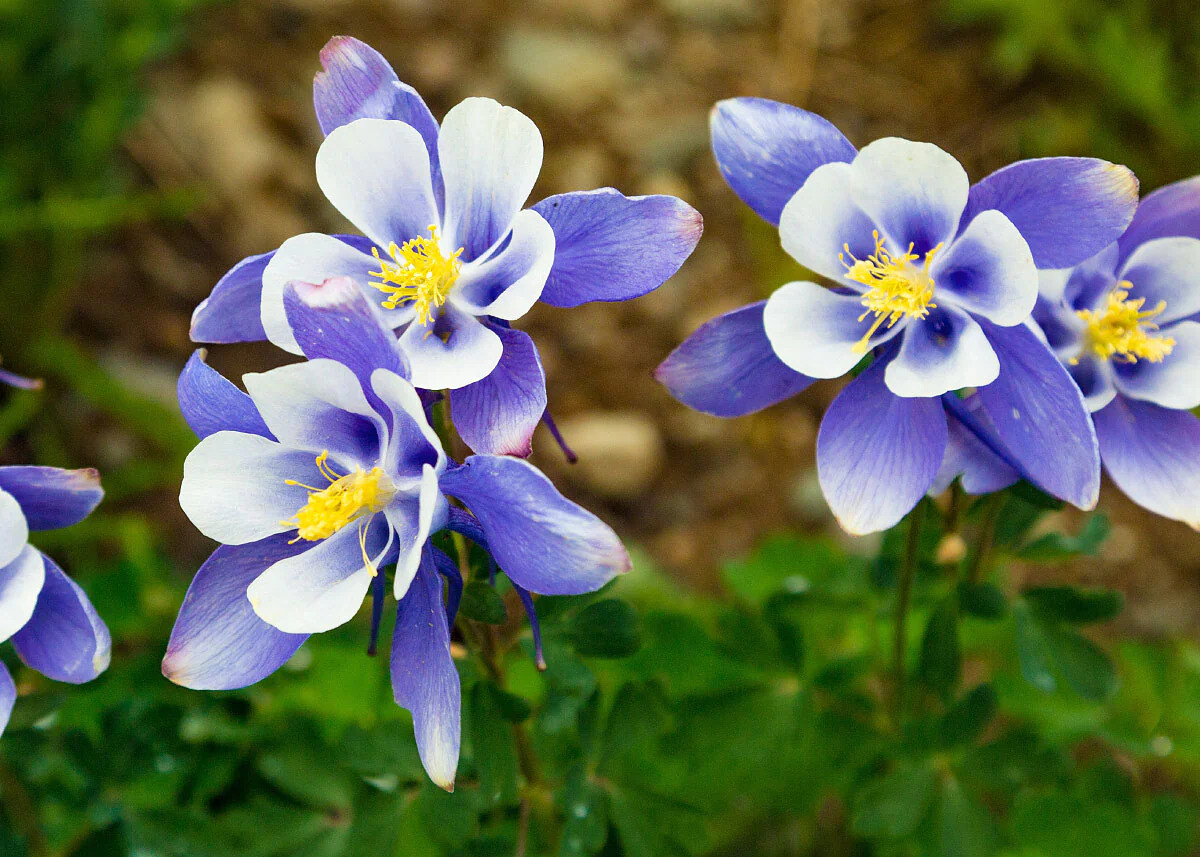
Columbines are beautiful flowering plants that never fail to capture our attention with their enchanting and unique characteristics. These plants are not only visually stunning, but they also have a fascinating history and a wealth of astonishing facts to discover. In this article, we will delve into the world of columbines and uncover 19 amazing facts that will leave you in awe. From their diverse range of colors and shapes to their intriguing naming origins and medicinal uses, columbines have a story to tell that is as captivating as their appearance. So, without further ado, let’s embark on this journey and explore the astonishing world of columbines.
Key Takeaways:
- The Columbine High School massacre led to increased school security measures and sparked a national debate on gun control, highlighting the importance of mental well-being and preventing such tragedies.
- Despite the tragedy, the Columbine community has shown resilience and unity, coming together to honor the victims and create a safe and supportive environment for students.
The Columbine High School massacre shocked the world.
On April 20, 1999, two students, Eric Harris and Dylan Klebold, carried out a mass shooting at Columbine High School in Colorado. The tragedy resulted in the loss of 13 lives and had a profound impact on school safety measures in the United States.
Columbine High School was named after the state flower.
Columbine High School, located in Jefferson County, Colorado, was named after the beautiful wildflower that is native to the Rocky Mountains. The school opened its doors to students in 1973.
The massacre lasted for approximately 49 minutes.
The horrific events at Columbine High School unfolded over a period of nearly 49 minutes. During this time, Harris and Klebold roamed the school premises, targeting students and teachers indiscriminately.
Columbine sparked a nationwide debate on gun control.
The tragic events at Columbine reignited the contentious debate on gun control in the United States. The incident prompted discussions on improving background checks, implementing stricter gun regulations, and addressing mental health issues.
The library was a primary target for the shooters.
Harris and Klebold specifically targeted the school library as a primary location for their attack. They had planned to detonate bombs in the library and target the fleeing students as they escaped.
The victims’ families filed a lawsuit against the shooters’ families.
In the aftermath of the massacre, the families of some of the victims filed a lawsuit against the families of Eric Harris and Dylan Klebold. The lawsuit alleged negligence and sought to hold them accountable for their sons’ actions.
The massacre inspired the creation of the National Threat Assessment Center.
In response to the tragic events at Columbine, the U.S. Secret Service and the Department of Education established the National Threat Assessment Center (NTAC) to research and prevent targeted violence in schools and other public spaces.
Columbine High School reopened in the fall of 1999.
After extensive renovations and the implementation of enhanced security measures, Columbine High School reopened its doors to students in the fall of The reopening was accompanied by grief counseling and additional support for students and staff.
The shooters had initially planned a much larger attack.
Harris and Klebold had originally planned a larger attack using homemade explosives. However, due to difficulties in constructing the explosives, they resorted to firearms and propane bombs as their primary weapons.
Eric Harris had kept a detailed journal outlining his plans.
Prior to the attack, Eric Harris maintained a journal where he expressed his feelings of anger, hatred, and detailed his plans for the massacre. The journal provided insight into the disturbing mindset of the attackers.
Security cameras captured footage of the attack.
Columbine High School had security cameras installed throughout the premises, which captured the horrifying footage of the attack as it unfolded. This footage has been used for investigative purposes and to better understand the sequence of events.
The attack prompted changes in police response tactics.
The response to the Columbine massacre highlighted the need for law enforcement agencies to adapt their tactics in dealing with active shooter situations. The incident led to the development and implementation of new strategies such as the immediate response protocol.
The memorial at Columbine High School honors the victims.
A memorial was built at Columbine High School to honor the memory of the victims and provide a place for reflection. The memorial features 13 individual plaques, each representing one of the lives lost on that tragic day.
The community holds an annual remembrance ceremony.
Every year on the anniversary of the tragedy, the Columbine community gathers for a remembrance ceremony to pay tribute to the victims and remember the events that unfolded on that fateful day. This ceremony serves as a way to come together and support one another.
Columbine High School became a symbol of resilience.
Despite the horrific events that occurred there, Columbine High School and its community have become symbols of resilience and strength. They have worked towards creating a safe and supportive environment for their students, ensuring that such tragedies are never repeated.
The aftermath of the shooting led to increased security measures in schools.
The Columbine shooting had a profound impact on school safety nationwide. In the wake of the tragedy, schools across the United States implemented stricter security protocols, including increased surveillance, active shooter drills, and improved crisis response plans.
The film “Elephant” drew inspiration from the Columbine massacre.
The 2003 film “Elephant,” directed by Gus Van Sant, explores a fictionalized version of a high school shooting. The film was influenced by the events at Columbine and offers a thought-provoking portrayal of the tragedy.
Columbine remains one of the deadliest school shootings in U.S. history.
The Columbine High School massacre ranks as one of the deadliest school shootings in American history. The incident served as a stark reminder of the importance of promoting mental well-being and implementing effective measures to prevent such tragedies.
The community came together to support one another.
In the face of overwhelming grief and tragedy, the Columbine community demonstrated immense strength and unity. They banded together to provide support for the victims’ families, honor the memories of the lives lost, and work towards healing and rebuilding.
Conclusion
In conclusion, Columbine is a truly fascinating plant with many astonishing facts. From its vibrant flowers and unique leaf structures to its historical and cultural significance, this plant never fails to captivate our attention. Whether you’re a budding botanist or simply someone who appreciates the beauty and diversity of nature, exploring the world of Columbine can be a truly rewarding experience. So, the next time you come across this remarkable plant, take a moment to admire its beauty and remember the intriguing facts that make it so special.
FAQs
Q: What is the scientific name of Columbine?
A: The scientific name of Columbine is Aquilegia.
Q: Where can I find Columbine plants?
A: Columbine plants can be found in various regions across the globe, including North America, Europe, and Asia.
Q: Are Columbine plants easy to grow?
A: Yes, Columbine plants are generally easy to grow. They prefer well-drained soil and partial shade, making them suitable for home gardens.
Q: How long do Columbine plants live?
A: Columbine plants are generally short-lived perennials, living for about 2 to 3 years. However, they often self-seed, allowing for their continuous growth.
Q: Are all Columbine flowers the same color?
A: No, Columbine flowers come in a variety of colors, including shades of purple, pink, red, yellow, and white.
Q: Can I use Columbine flowers for medicinal purposes?
A: While Columbine has historical uses in traditional medicine, it is important to consult with a healthcare professional before using any plant for medicinal purposes.
Was this page helpful?
Our commitment to delivering trustworthy and engaging content is at the heart of what we do. Each fact on our site is contributed by real users like you, bringing a wealth of diverse insights and information. To ensure the highest standards of accuracy and reliability, our dedicated editors meticulously review each submission. This process guarantees that the facts we share are not only fascinating but also credible. Trust in our commitment to quality and authenticity as you explore and learn with us.


